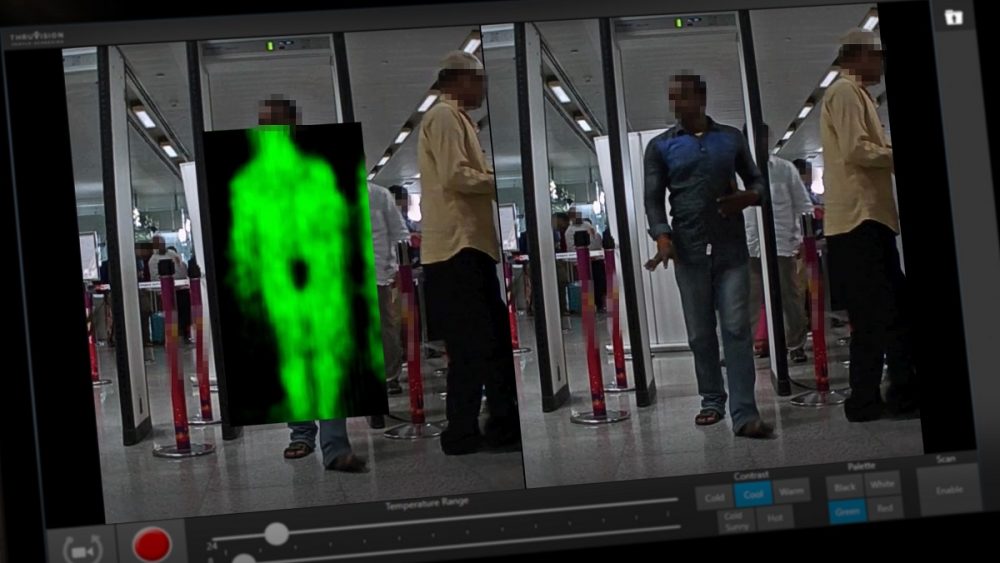International customs and border security agencies have traditionally used screening technology to inspect baggage, vehicles, mail and cargo containers for illicit goods and contraband.
People screening at ports of entry has often been a lower priority, largely due to the lack of viable solutions. As a result, pedestrian smuggling of items such as currency, opioids, narcotics and other illicit items is a point of vulnerability for customs and border security.
The most recent data from the World Customs Organization (WCO) highlights the magnitude and growth of these pedestrian smuggling activities:
- Narcotics and opioids: depending on the substance, increases in seizures ranged from 8% (Cannabis) to 30% (Opiates)
- Currency: the United Nations estimated that approximately $870 billion in illegal cross-border currency flows were tied to criminal activity
- Contraband: the WCO reported that seizures of the most common types of smuggled goods increased by over 23% from 2016 to 2017.
Tackling pedestrian smuggling technology criteria 1:
flexibility of operation
The people screening technology used needs to be flexible enough to be used at all check points. e.g. cruise liner and railway terminals, ferry ports, and in a range of different locations within airports.
Tackling pedestrian smuggling technology criteria 2:
proven, independently validated performance
While all people screening systems claim excellent detection capabilities, customs officials need to consider what types of contraband and illicit goods they are targeting and ask detailed questions:
- Has the system been evaluated by the US Department of Homeland Security, and generally considered the “gold standard” for security testing?
- Which other customs and border security agencies are using the technology?
- Does it detect non-metallic items, such as opioids, narcotics and paper currency?
Tackling pedestrian smuggling technology criteria 3:
throughput
To be effective, people screening technologies need to help customs officers quickly find unusually concealed items; generally those that are clearly not in pockets and therefore suspicious, in overt or covert screening applications.
Tackling pedestrian smuggling technology criteria 4:
health, safety and privacy
From both a public and operator acceptance standpoint, health safety and privacy are important considerations when selecting people screening technology.
“Stand inside” body scanners, used in airport security checkpoints have struggled to gain broader market acceptance, partly because they “actively” emit millimetre wave radiation during the screening process to create a high resolution image of the person being screened. And like walk-through metal detectors, these systems can require a physical inspection or “pat down” to resolve an alarm.
By contrast, people screening technology that uses passive terahertz technology, such as Thruvision, emits no radiation, making employee health and safety concerns a non-issue.
Tackling pedestrian smuggling technology criteria 5:
return on investment via seizures
A critical measure of customs inspection technology is its ability to increase seizures of pedestrian smuggling. Passive terahertz technology has demonstrated this capability in actual deployments by international customs agencies. For example, its ability to detect even small quantities of high value narcotics and opioids concealed on a pedestrian at a port of entry differentiates it from all other potential inspection technologies.



Comments are closed.